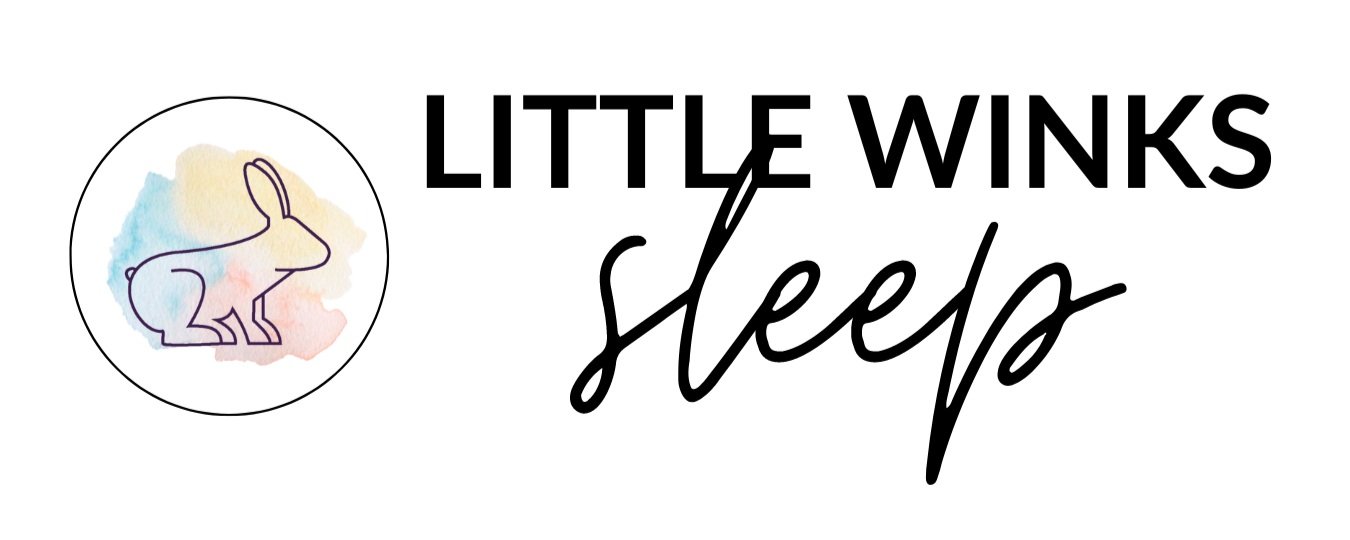Is my baby understimulated?
Hey there! Welcome back to the blog!
There are three main types of stimulation: overstimulation, understimulation, and healthy stimulation. Today we’ll tackle understimulation.
The pandemic slowed down or stopped many of the activities in our weekly routines. For example, some parents might choose to keep the kids at home when grocery shopping. Others choose to avoid public parks. And all of us have less events and weekly activities that were once key connection times. Therefore, baby spends more time indoors and at home.
This has actually changed the sleep game. Many of our littles are understimulated. And we aren’t realizing it because the family calendar has gotten used to remaining fairly empty.
Maybe you’ve experienced this too. It used to be typical to drive in to work each day, hit up a yoga class, drop the kids off at soccer, and maybe meet a mama friend for coffee. Sure, life was full, but you enjoyed the rhythms of busyness most days.
Then, in the pandemic, you wake up each morning, put the coffee on, pop baby under the playmat, attempt to work from home for an hour, spend more time with baby, hop on a Zoom call, maybe squeeze in a quick walk for some fresh air, and finally make it to the end of the day feeling pretty dang proud that the chicken nuggets and broccoli were on the table before your partner and kids got home (and that’s not sarcastic. Serious high-five from a fellow mama).
Those days could be long. And while we did our best to stay sane or try to keep to a routine in our pandemic world, it wasn’t easy.
And baby? While, instead of attending the mom’s groups, baby music classes, and park play dates that we dreamed of filling up the newborn and infant months … baby has mostly been inside.
My point has nothing to do with guilt. We were Doing. Our. Best. My point has everything to do with baby’s level of stimulation.
And an understimulated baby has the sleep pressure in their brain build up at a slower rate. This results in a longer awake window.
So if life looks slower than it did a couple of years ago, take a moment to reflect:
What does a typical day look like for baby? Do they spend most of their time looking at the four walls of the living room and nursery, or are there opportunities throughout the day to marvel at the “beep … beep … beep” sound of your items going through checkout, or to stare at a seagull that’s landed on a bench at the park? Because, believe it or not … that’s stimulating.
How is nap time going? Is it taking baby longer than 20 minutes to fall asleep? Are they able to nap for over an hour? If not, they may be struggling with understimulation. An understimulated baby also often seems uninterested or zoned out during periods of their awake time.
So how can we help our little one?
🧸 Adjust their schedule with extended awake times. For more on awake times, check out my deep dive into them:
🧸 Watch for the length of their nap as an indicator for awake time instead of watching for sleep cues.
🧸 Spend intentional time interacting with your baby face-to-face, away from screens. Bubble baths, building towers, looking out the window for birds, making faces in the mirror … it’s all stimulating.
🧸 Get outside … even if it’s just for a few minutes each day. And let’s admit, we all appreciate breaks every once in a while from the four walls we call home.
Happy connecting,
Anna


